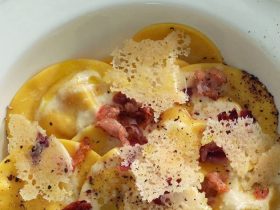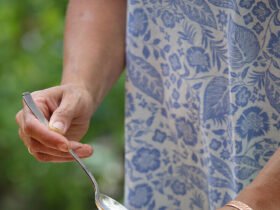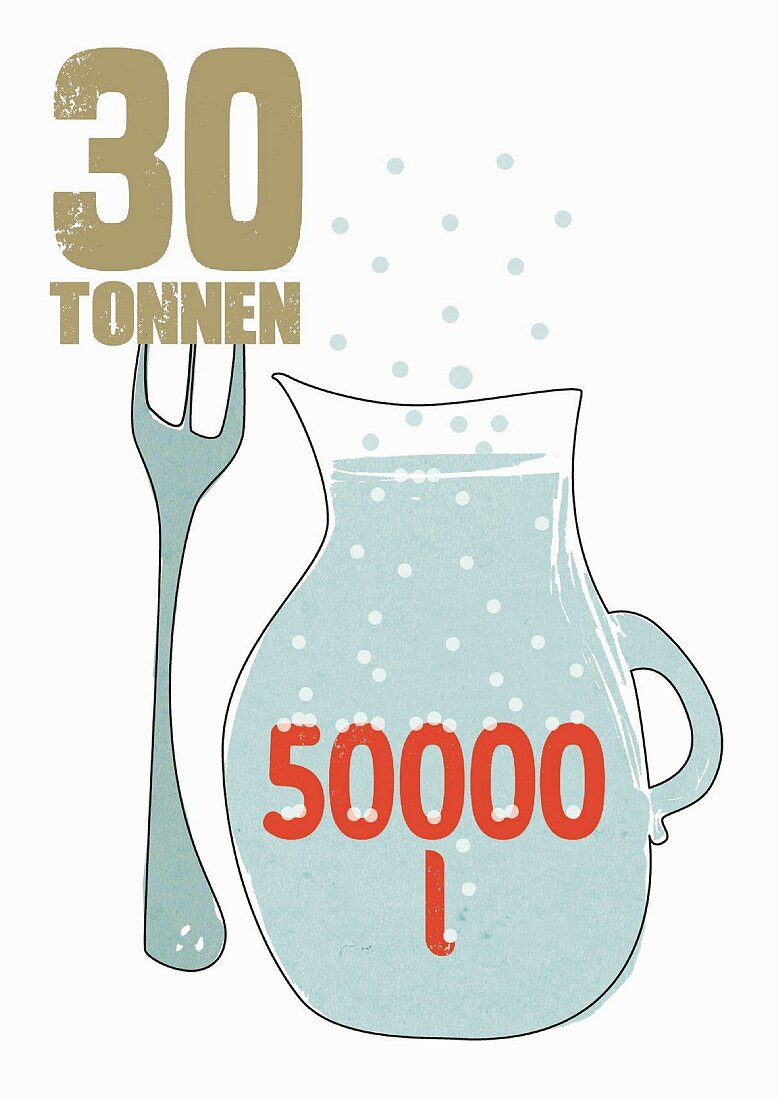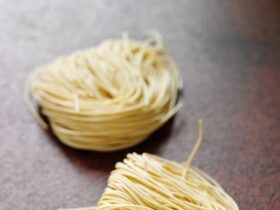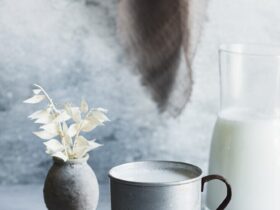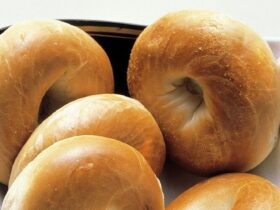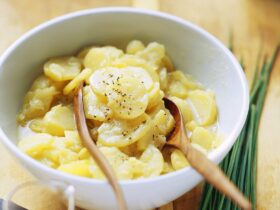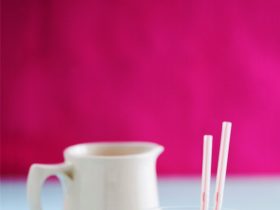Measuring liquid volume is an essential skill in many areas, from cooking to science experiments. Knowing how to accurately measure liquids can help achieve better results in recipes and ensure precise outcomes in experiments. Various tools and techniques are available to measure liquid volume effectively.
Different measurements are used for various liquids, and understanding these can simplify tasks. Graduated cylinders, measuring cups, and syringes are among the common tools that can help gauge volume with ease. Using the right method can make the process straightforward and efficient.
Understanding Liquid Volume
Liquid volume measures how much space a liquid occupies. It is an essential concept in cooking, science, and daily tasks. Knowing how to measure and express liquid volume helps in various activities, from recipes to chemistry experiments.
Basic Definitions
Liquid volume refers to the amount of three-dimensional space that a liquid fills. It is a crucial measurement used in kitchens, laboratories, and industry. The volume of a liquid can change based on its temperature and pressure, but it usually stays constant in normal conditions.
Common terms related to liquid volume include capacity, which is the maximum amount a container can hold, and displacement, which measures how much liquid is moved when an object is submerged. Understanding these terms helps in grasping how liquid volume works in practical settings.
Units of Measurement
Liquid volume is measured in various units, each suited for different tasks. The metric system uses millilitres (mL), centilitres (cL), and litres (L). For example:
- 1,000 mL = 1 L
- 100 cL = 1 L
The imperial system uses pints, quarts, and gallons. For instance:
- 1 US quart = 4 US cups
- 1 UK gallon = 8 pints
Knowing these units helps in converting measurements when following recipes or conducting experiments. Different countries may prefer certain units, so it is important to know which to use.
Tools for Measuring Liquid Volume
There are several tools available for measuring liquid volume accurately. Each tool has its own purpose and is suitable for different tasks. Understanding these tools can help someone choose the right one for their needs.
Graduated Cylinders
A graduated cylinder is a tall, narrow container marked with a scale for measuring liquid. They come in various sizes, ranging from 10 millilitres to several litres.
Graduated cylinders provide precise measurements and are commonly used in laboratories. The user should read the measurement at the bottom of the meniscus, which is the curved surface of the liquid.
These cylinders are generally made of glass or clear plastic. They are ideal for measuring larger volumes compared to other tools.
Measuring Spoons and Cups
Measuring spoons and cups are common kitchen tools used for volume measuring in cooking and baking. They come in standard sizes, including teaspoons, tablespoons, and cups.
Measuring spoons typically measure small volumes, such as spices or liquids. Measuring cups are used for both liquid and dry ingredients.
These tools are simple and easy to use. They often have markings on the side for quick reference.
Accuracy may vary, especially if poured too quickly or not levelled. For the best results, it’s important to fill them correctly.
Pipettes and Burettes
Pipettes and burettes are tools used mainly in science labs for precise liquid measurement.
A pipette is a slender tube that allows the user to transfer a specific volume of liquid. They can be manual or electronic and are known for their accuracy.
Burettes are similar but have a tap at the end, allowing for a controlled release of liquid. This makes them ideal for titration experiments where small amounts of liquid are added gradually.
Both tools are typically used when high precision is needed, such as in chemistry experiments.
Volumetric Flasks
Volumetric flasks are specialised glass or plastic containers used for measuring and preparing solutions. They have a fixed neck and are marked with a specific volume.
These flasks provide high accuracy for measuring liquids. They are mainly used in laboratories to create solutions for precise volumes.
To use a volumetric flask, fill it with liquid to the mark on the neck. This ensures the correct volume is measured.
They are not suitable for measuring variable volumes, but they are excellent for making standard solutions.
Also, Read
Step-by-Step Measuring Techniques
Measuring liquid volume requires careful attention to detail. Key techniques include reading the meniscus correctly, avoiding parallax errors, and ensuring measurement accuracy.
Reading Meniscus Level
When measuring liquid, it is crucial to observe the meniscus. The meniscus is the curve seen at the surface of the liquid in a container.
To measure accurately, the observer should always take the reading at eye level. This helps to avoid any optical illusions that could lead to incorrect readings.
Look for the lowest point of the meniscus. This is where the measurement should be taken. For example, if using a graduated cylinder, the correct volume is read at the bottom of the curve.
Avoiding Parallax Errors
Parallax errors happen when the measurement is taken from an angle rather than directly in front. To prevent these errors, the person measuring should always position their eyes at the same level as the meniscus.
Using a flat surface to place the measuring device can also help. If the surface is uneven, the liquid may not sit clearly in the container.
Practising this technique can greatly improve measurement accuracy.
Ensuring Measurement Accuracy
Accuracy is vital when measuring liquids. Using the correct tools, like graduated cylinders or measuring cups, ensures precise readings.
It is important to choose tools that are appropriate for the volume being measured. For small quantities, a dropper or syringe may be ideal. For larger amounts, a measuring jug is more suitable.
Cleaning the measuring device before use eliminates residue that may affect the reading. Additionally, ensuring the liquid is at the correct temperature is also important, as temperature can cause liquids to expand or contract.
Calculating Volume from Dimensions
Measuring liquid volume can often start with calculating the volume of a container using its dimensions. Using mathematical formulas and applying these to irregular shapes can help in determining volume accurately.
Using Mathematical Formulas
To calculate the volume of standard shapes, specific formulas apply.
- Cube: Volume = side³
- Rectangular Prism: Volume = length × width × height
- Cylinder: Volume = π × radius² × height
- Sphere: Volume = (4/3) × π × radius³
Knowing these shapes and their formulas allows for easier conversion to liquid volume. For example, if a container is 2 metres long, 1 metre wide, and 0.5 metres high, the volume would be 2 × 1 × 0.5 = 1 cubic metre. This translates directly to litres, as 1 cubic metre equals 1,000 litres.
Application to Irregular Shapes
Calculating the volume of irregular shapes is more complex. One method is to use water displacement.
- Step 1: Fill a measuring container with a known volume of water.
- Step 2: Carefully submerge the irregular object in the water.
- Step 3: Measure the new water level.
The increase in water volume equals the object’s volume. An alternative method for rough calculations is to break the shape down into simpler geometries, calculate their volumes, and then add them together.
This approach provides a practical way to measure volume for items that do not have a regular shape.
Temperature and Volume Relationship
Temperature affects the volume of liquids. As temperature changes, so does the size of the liquid. Understanding this relationship is important for accurate measurements.
Effects of Temperature on Liquids
Most liquids expand when heated and contract when cooled. For instance, water expands about 9% when it freezes. This means that if a liquid is measured at different temperatures, the volume will vary.
In practical terms, this means that a litre of water at 0°C will take up slightly less space than the same litre at 100°C. This expansion can cause inaccuracies in measurements if the temperature is not noted.
Correcting Volume for Temperature Variations
To get accurate volume readings, it is essential to correct for temperature differences. Many measurement tools, like syringes and graduated cylinders, come with temperature correction charts.
These charts show how much the volume changes at different temperatures. For example, if a liquid’s volume reads 100 ml at 20°C, it could be more at 60°C. Using these corrections ensures precise measurements, especially in scientific and cooking applications.
Conclusion
Measuring liquid volume is an important skill. It is useful in cooking, science, and everyday tasks. There are various tools available for measuring liquids accurately.
Common measuring tools:
-
Measuring cups: Great for cooking. They come in different sizes for better accuracy.
-
Measuring spoons: Helpful for small volumes. They usually include tablespoons and teaspoons.
-
Graduated cylinders: Used in laboratories. They provide precise measurements for liquids.
-
Food scales: Useful for recipes that require weight measurements. Many scales can also measure liquid volume.
Accurate measurement is key to successful results in recipes or experiments.
Using the right tool helps avoid mistakes. It also improves consistency when repeating tasks.
For best results, always follow the instructions for the measuring tool. Calibration may be necessary to ensure accuracy.
Practising these skills can build confidence in measuring liquids. It also enhances understanding of volume concepts.
With time, measuring liquid volume becomes easier and more intuitive.


